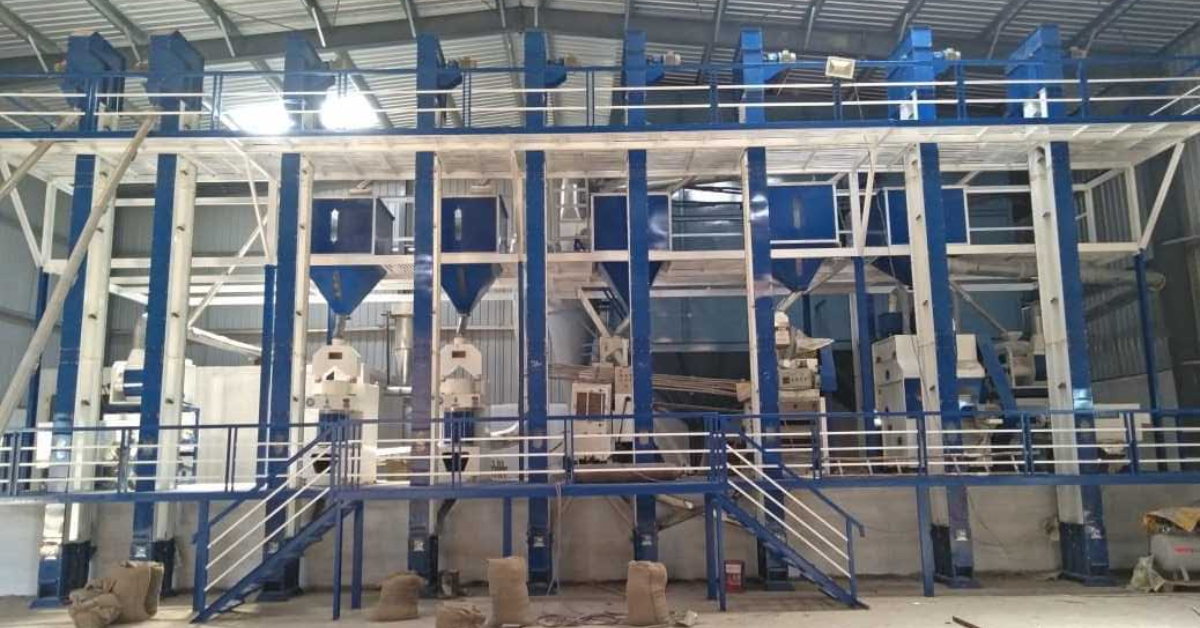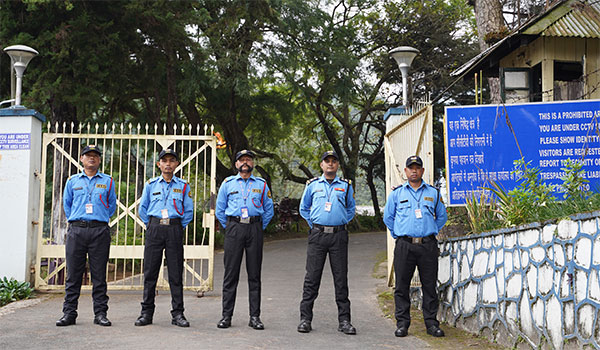Discovering the Best Rice Milling Machine in the World: A Ricetec Perspective
In the global landscape of rice production, where precision, efficiency, and quality reign supreme, the quest for the Best Rice Milling Machine In The World is a constant pursuit. While “best” can be subjective, often depending on scale, budget, and specific rice varieties, there are universal characteristics that define truly world-class rice milling technology. At Ricetec Machinery, with our extensive experience in manufacturing and delivering innovative solutions, we understand these benchmarks intimately.
This article delves into what makes a rice milling machine truly exceptional, highlighting the features, innovations, and capabilities that differentiate top-tier equipment in the global market.
Defining “Best”: What Makes a World-Class Rice Milling Machine?
The “best” rice milling machine isn’t a single unit but rather a comprehensive system that excels in several critical areas. It’s about achieving the highest possible yield of whole grains, minimizing broken rice, ensuring impeccable quality, and operating with maximum efficiency and sustainability.
Here are the key characteristics that define a world-class rice milling machine or a complete milling plant:
1. High Milling Recovery Rate and Low Broken Rice Percentage
The ultimate measure of a rice mill’s effectiveness is its ability to maximize the output of whole, unbroken rice grains from raw paddy. A machine considered among the best will consistently deliver:
- High Milling Recovery Rate: This refers to the percentage of finished rice obtained from a given quantity of paddy. World-class machines achieve high recovery rates, minimizing waste.
- Low Broken Rice Percentage: Broken grains significantly reduce the market value of rice. Superior machines employ gentle yet effective milling processes to minimize breakage, preserving the integrity of each grain.
2. Superior Rice Quality and Purity
Beyond yield, the aesthetic and hygienic quality of the final rice product are paramount. The best machines ensure:
- Optimal Whitening and Polishing: Achieving the desired degree of whiteness and a lustrous sheen without excessive abrasion or heat generation. Silky polishers play a crucial role in enhancing market appeal.
- Exceptional Purity: Advanced cleaning and de-stoning mechanisms, coupled with color sorters, remove all foreign materials, discolored grains, and impurities, ensuring the rice is clean and safe for consumption.
3. Energy Efficiency and Sustainability
In an era of rising energy costs and environmental consciousness, the “best” machines are also the most sustainable.
- Low Power Consumption: Innovative designs and optimized motor systems reduce energy expenditure per ton of rice processed, leading to significant operational cost savings.
- Minimized Waste and Emissions: Efficient husk aspiration, bran collection, and dust control systems contribute to a cleaner environment and can even lead to valorization of by-products.
4. Advanced Automation and Control Systems
Modern rice milling is moving towards greater automation to reduce labor costs and improve consistency.
- Integrated Control Panels: Centralized control systems allow operators to monitor and adjust various parameters across the entire milling line, ensuring smooth and synchronized operation.
- Sensors and Real-Time Data: Advanced sensors provide real-time data on processing parameters, enabling immediate adjustments to optimize performance and prevent issues.
- Minimal Human Intervention: Automated feeding, sorting, and packaging reduce the need for manual labor, enhancing efficiency and reducing human error.
5. Durability, Reliability, and Ease of Maintenance
A machine, no matter how advanced, is only as good as its lifespan and ease of upkeep.
- Robust Construction: High-quality materials and precision engineering ensure the machine can withstand continuous operation in demanding environments.
- Long Functional Life: Built to last, with components designed for durability and minimal wear and tear.
- User-Friendly Design for Maintenance: Easy access to critical components, simplified cleaning procedures, and readily available spare parts minimize downtime and maintenance costs.
6. Versatility and Adaptability
The ability to process various rice varieties and adapt to different market demands is a hallmark of top-tier machinery.
- Adjustable Settings: Machines with adjustable settings for de-hulling pressure, whitening degree, and sorting parameters can handle different types of paddy (long-grain, medium-grain, short-grain, parboiled) and produce various rice grades.
- Modular Design: Systems that can be easily expanded or reconfigured to meet changing production capacities or technological upgrades.
Leading Names in Global Rice Milling Technology
While Ricetec Machinery consistently strives to be a leader in the industry, it’s important to acknowledge other global players renowned for their contributions to advanced rice milling technology. Companies like Satake Corporation (Japan), Bühler Group (Switzerland), and Yamamoto (Japan) are often cited for their innovative and high-performance solutions in large-scale, automated rice mills. These companies, along with others, continually push the boundaries of what’s possible in rice processing, often incorporating AI, IoT, and advanced sensor technologies.
Ricetec Machinery: Our Contribution to World-Class Standards
At Ricetec Machinery, we don’t just sell machines; we provide comprehensive solutions engineered for excellence. Our commitment to delivering the “best” for our customers is reflected in every product we design and every service we offer.
Precision Engineering and Manufacturing Excellence
We employ stringent quality control measures from raw material sourcing to the final assembly of each machine. Our manufacturing facilities utilize advanced techniques to produce components with unparalleled precision, ensuring optimal performance and longevity. This dedication to precision directly translates to high milling recovery rates and minimal broken rice for our clients.
Innovative Technology for Maximum Yield
Our R&D team is constantly innovating to incorporate the latest advancements in rice processing. This includes:
- Optimized De-husking and Separation: Our pneumatic rubber shellers and double body paddy separators are designed for maximum de-husking efficiency and precise separation, minimizing re-circulation and energy consumption.
- Gentle Whitening and Polishing: Ricetec’s rice whiteners and silky polishers use advanced abrasive and friction technologies to achieve uniform whitening and a superior finish while drastically reducing grain breakage and maintaining the rice’s natural properties.
- Advanced Grading and Sorting: Our multi-deck sifters, thin and thick graders, and length graders ensure meticulous sorting, guaranteeing consistent quality and the removal of all sub-standard grains.
Enhancing Nutritional Value: FRK Blending
Beyond traditional milling, Ricetec is at the forefront of promoting food fortification. Our Fortified Rice Kernel (FRK) Weighmetric Blending Machine is a testament to our commitment to global food security and public health. This machine allows for the precise and uniform blending of FRK, ensuring that fortified rice meets nutritional standards.
Comprehensive Service and Support
What truly elevates a machine to “world-class” status is the support system behind it. At Ricetec, we provide:
- Expert Consultation: Helping you choose the right machinery configuration for your specific needs and capacity.
- Seamless Installation and Commissioning: Our experienced technicians ensure your plant is set up for optimal performance from day one.
- Proactive Maintenance and Spares Availability: With state-wise service hubs and readily available spare parts, we ensure minimal downtime and maximum productivity for your operations.
- Training and Knowledge Transfer: Empowering your team with the knowledge to operate and maintain the machinery efficiently.
The Future of Rice Milling: Towards Smarter Solutions
The journey to the “best rice milling machine in the world” is an ongoing one. The future will likely see even greater integration of:
- Artificial Intelligence (AI) and Machine Learning: For predictive maintenance, real-time quality control, and optimizing milling parameters based on various paddy characteristics.
- Internet of Things (IoT): Connecting machines for remote monitoring, data analysis, and proactive issue resolution.
- Robotics: For automated handling and packaging processes.
Ricetec Machinery remains dedicated to embracing these future technologies, continuously refining our designs and expanding our capabilities to ensure that our customers always have access to the most advanced, efficient, and reliable rice processing solutions available. Our mission is to empower millers to produce the highest quality rice, sustainably and profitably, contributing to a well-fed world.
Frequently Asked Questions about the Best Rice Milling Machines
Q1: What makes a rice milling machine “the best”?
A1: The “best” rice milling machine typically excels in high milling recovery rates (maximizing whole grains), low broken rice percentages, superior output quality (clean, polished, and pure rice), energy efficiency, advanced automation, durability, and excellent after-sales support.
Q2: Is a “best” rice milling machine suitable for all scales of operation?
A2: While top-tier machines offer advanced features, the “best” choice also depends on the scale of your operation (small, medium, or large). Manufacturers often provide a range of models and customizable solutions to suit different capacities. For instance, a small-scale farmer might find a compact, integrated machine to be the “best” for their needs, while a large commercial miller would require a complete, automated plant.
Q3: How do advanced technologies like AI and IoT contribute to a “best” rice milling machine?
A3: AI and IoT enable features like predictive maintenance (forecasting when parts need replacement), real-time quality monitoring (detecting impurities or inconsistencies instantly), optimized process control (adjusting settings automatically for different paddy types), and remote diagnostics. These technologies enhance efficiency, reduce downtime, and ensure consistent, high-quality output.
Q4: What are the environmental benefits of using a world-class rice milling machine?
A4: World-class machines are designed with sustainability in mind. They often feature energy-efficient motors and processes, reducing power consumption. Additionally, they minimize waste by maximizing whole grain recovery and often incorporate efficient systems for collecting and utilizing by-products like husk and bran, reducing environmental impact.
Q5: Does the “best” machine mean it’s always the most expensive?
A5: Not necessarily. While cutting-edge technology and superior build quality come at a cost, the “best” machine offers a strong return on investment through higher yields, reduced operational expenses (due to efficiency and less breakage), and lower maintenance costs over its lifespan. The overall profitability and long-term value are key considerations, not just the initial purchase price.
Q6: How important is after-sales service for a high-quality rice milling machine?
A6: After-sales service is crucial. Even the best machines require periodic maintenance and occasional troubleshooting. Reliable after-sales support, including readily available spare parts, technical assistance, and on-site service, ensures minimal downtime and keeps your operations running smoothly, protecting your investment.







